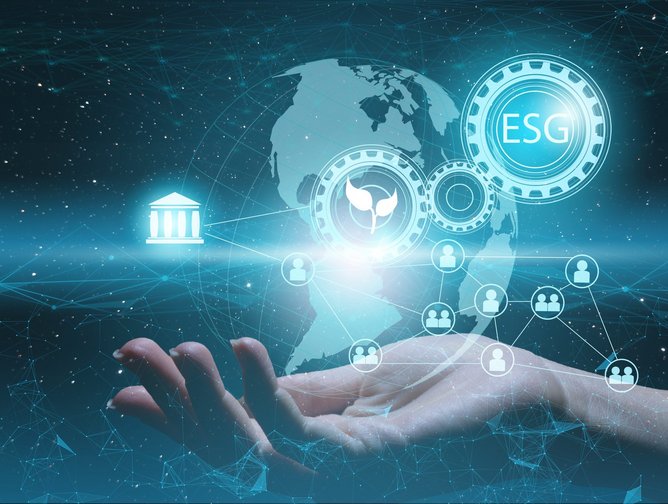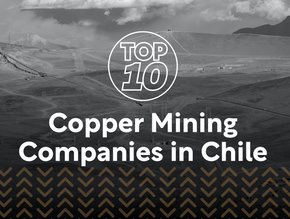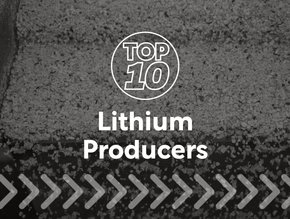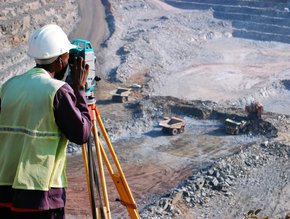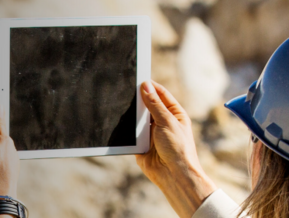Top 10 risks to the mining industry
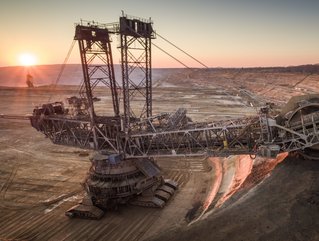
Disruption is fast reshaping the mining and metals sector’s perception of where the biggest challenges – and paths to growth – may lie, according to EY’s annual review of risks and opportunities in the global mining sector.
The climate crisis and rising stakeholder expectations are increasingly significant forces of change. Environment and social took the number one spot in our rankings for the first time, followed by decarbonisation and then license to operate (LTO), which had held the top position over the past three years.
Two new entrants to the ranking – uncertain demand and new business models – highlight the ongoing volatility in a market still impacted by the COVID-19 pandemic. Still, the report found more opportunities than risks for miners willing to make the transformational changes that can drive long-term value for organisations and the communities they serve. Here are the top 10 risks:
10: Productivity and costs
The COVID-19 pandemic means demand is up, but so are the costs of inputs, shipping, talent and decarbonization programs. Reducing costs and improving productivity is a balancing act for miners that must achieve short-term gains while creating long-term value. Variability is a key impact on miners’ productivity. Managing this requires:
- Improved geological modeling to alleviate uncertainty
- Analytics around asset performance to enable predictive maintenance and improve reliability
- Operational discipline to deliver consistent results
- Integrated operating models that align with markets to enable rapid response to change
Productivity initiatives centered around people and enabled by technology can help miners achieve sustainable, end-to-end improvements without having a negative impact on LTO.
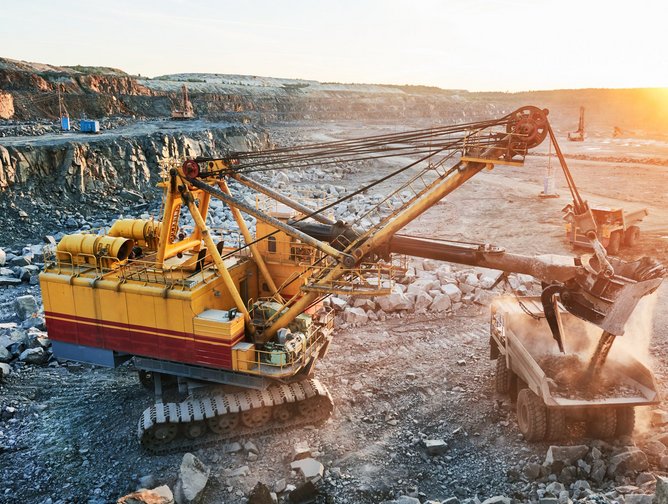
09: New business models
Six models can help mining and metals companies operate within a more volatile environment. Amid ongoing uncertainty, miners have an opportunity to assess whether existing business models are fit for purpose. Six models may better help miners capture value amid volatility:
- Shared value model: Delivering greater returns directly to host communities and governments
- Circular business model: Minimizing waste and reducing emissions
- Vertical integration: Acquiring or integrating into downstream companies such as automakers
- Horizontal market integration: Moving into adjacent businesses, e.g., tech providers, to drive innovation
- Joint ventures: Potentially delivering more value to stakeholders and improving access to reserves and capabilities
- Offtake agreements: Providing low-risk access to capital
Determining which model fits best requires companies to first identify where value, risks and opportunities lie in the current model, then conduct in-depth scenario planning and future market assessments.
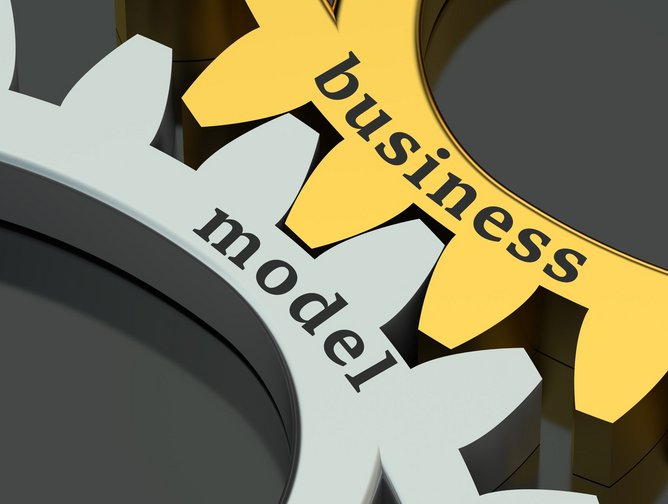
08: Workforce
Creating an inclusive, safe culture and career pathways can build a future-ready workforce.
Miners face a talent crisis as border closures and an unappealing brand make it difficult to find the right skills for a changing industry. Competing in a tight market requires miners to build a workplace that appeals to more diverse workers. Improving cultural safety on-site must be a priority, and miners should continue the mental health programs that began as a result of the COVID-19 pandemic. Diversity and inclusion are now firmly on investors’ agendas and must be a board-level directive in mining and metals companies.
Closing the sector’s big digital literacy gap will depend on greater investment in high-quality online learning, sometimes in collaboration with each other and third parties.
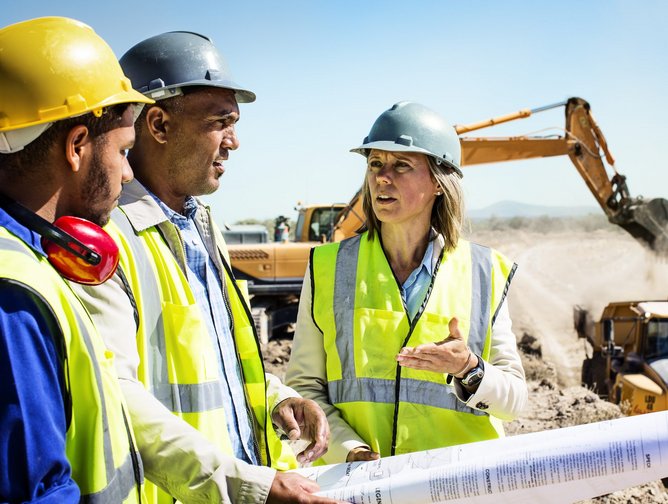
07: Digital and innovation
Miners are driving innovation to address productivity, safety and ESG priorities.
Digital and innovation have been key tools in helping miners improve productivity. We expect to see even greater use of data science, modeling and scenario planning to enable more agile decision-making around cost.
COVID-19 also highlighted the huge potential of digital to improve onsite health and safety. Miners that already used automation and remote operating centers (ROCs) fared better during the pandemic and, not surprisingly, our survey revealed that companies plan to increase investment in these areas.
Miners are also deploying technology as part of their ESG agenda. Digital innovation can allow diversification into greener products and improve transparency of reporting.
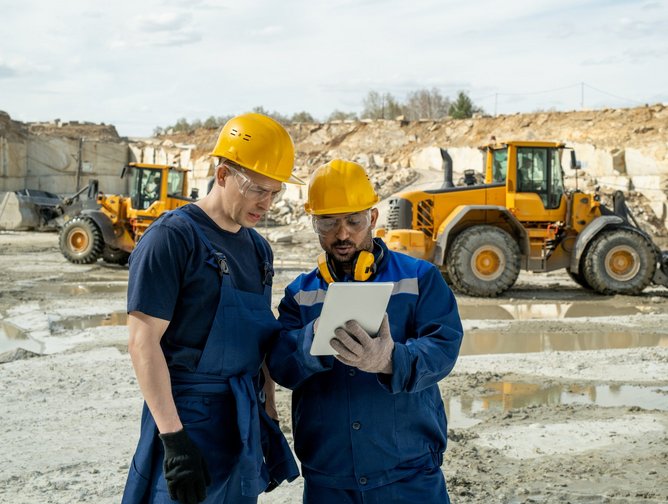
06: Uncertain demand
Building agility can help miners manage price volatility, substitution threats and changing demands.
The energy transition is pushing up demand for the minerals integral to renewable energy, electric vehicles and energy storage systems. To meet this demand, miners will need to overcome big supply-side challenges, including accessing capital, securing LTO and the geopolitical risk that comes with minerals concentrated in just a few markets.
The threat of substitution is also real in a sector with long project lead times. Advances in technology and the evolution of the energy transition may see demand for different commodities change before miners can keep up. The timeline of battery manufacturing highlights this risk.
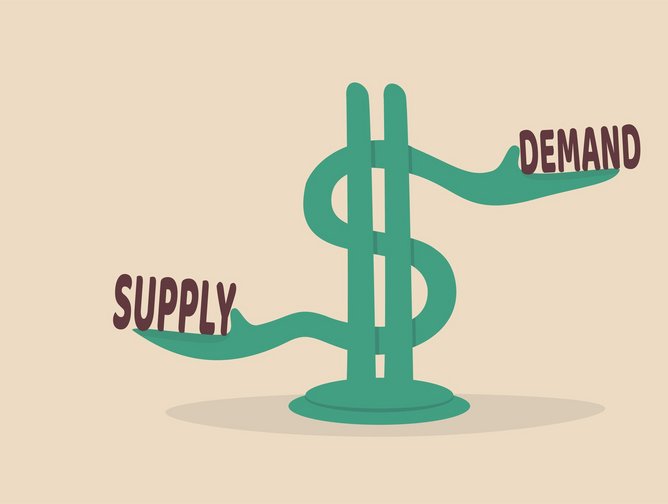
05: Capital
With capital availability increasingly linked to ESG ratings, miners need to demonstrate their achievements.
Access to capital remains challenging for mining and metals companies, with investors deterred by risks associated with ESG, LTO, community issues and volatility. Some companies with high-carbon assets are exploring alternative funding sources, such as private equity.
Competing for well-priced capital requires miners to better demonstrate their achievement of both financial and non-financial considerations. Higher ESG ratings can enable access to a larger pool of attractively priced capital. With capital tight, miners should also reshape portfolios and investments to align with their strategy and capitalise on changing demand, including for battery minerals.
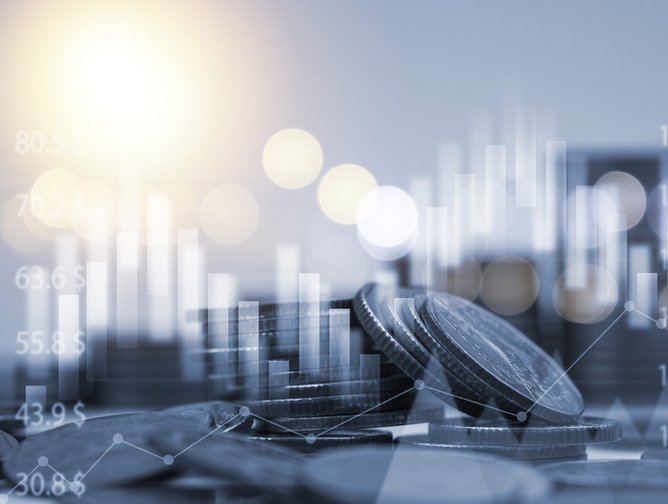
04: Geopolitics
Miners will need to proactively navigate trade wars, new governments and resource nationalism. The geopolitics of the COVID-19 pandemic — including export controls and industrial policies to increase “self-sufficiency” in critical products and a global minimum tax on the largest global companies — are creating headwinds for globalisation and exacerbating strains in the global rules-based order.

03: License to operate
Creating long-term value for all stakeholders can secure mining’s future. License to operate (LTO) is evolving fast as expectations change around mining’s contribution to communities, economies, protection of heritage sites and engagement with Indigenous and First Nations people.

02: Decarbonisation
Building a flexible decarbonisation strategy can help achieve net zero and differentiation. With investors and governments moving away from investment in thermal coal, and carbon pricing set to increase, miners must treat decarbonisation like any other strategic risk.
Building a flexible path, which includes scenario modeling and reviewing funding, technology and assets, can help companies achieve net zero and differentiate. While many companies have made progress in abating Scope 1 and 2 emissions, now is the time to focus on Scope 3. Those that can control these emissions can create genuine value and long-term sustainability.

01: Environment and Social
Miners that can demonstrate their contribution to a sustainable future will have a competitive advantage. As Environmental, Social and Governance (ESG) factors become a bigger priority for investors, shareholders and a broader group of stakeholders, miners are doing more to integrate ESG into corporate strategies, decision-making and stakeholder reporting. Stakeholder pressure over issues such as biodiversity and water management are likely to intensify, and companies are also under increasing pressure to take more responsibility for their impact on communities, and go beyond their regulatory obligations.
